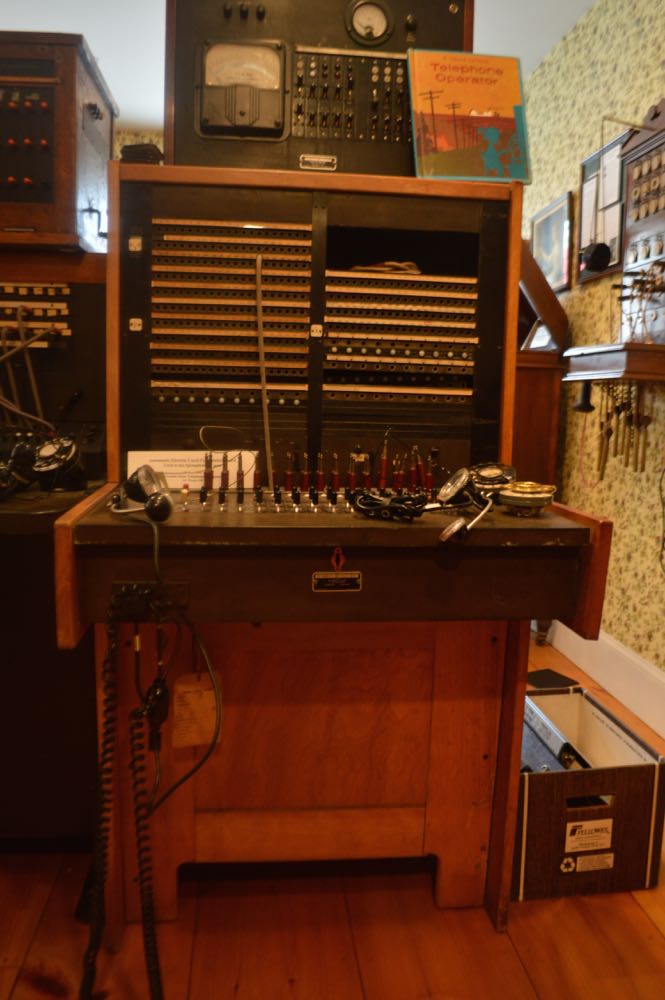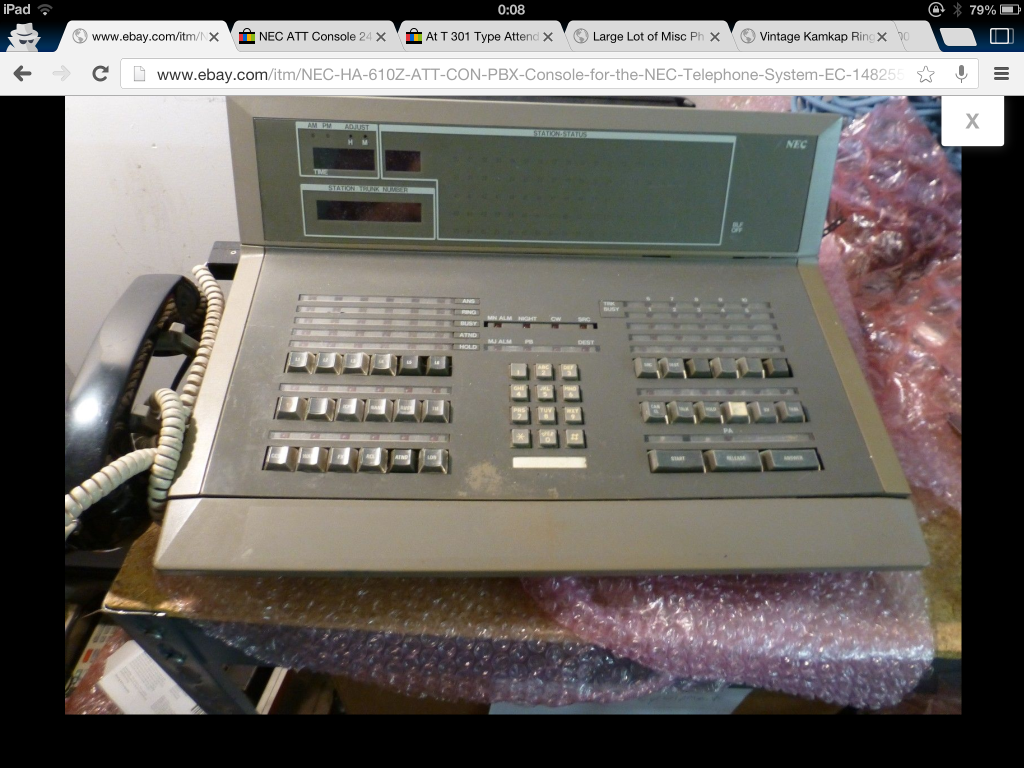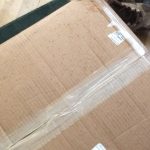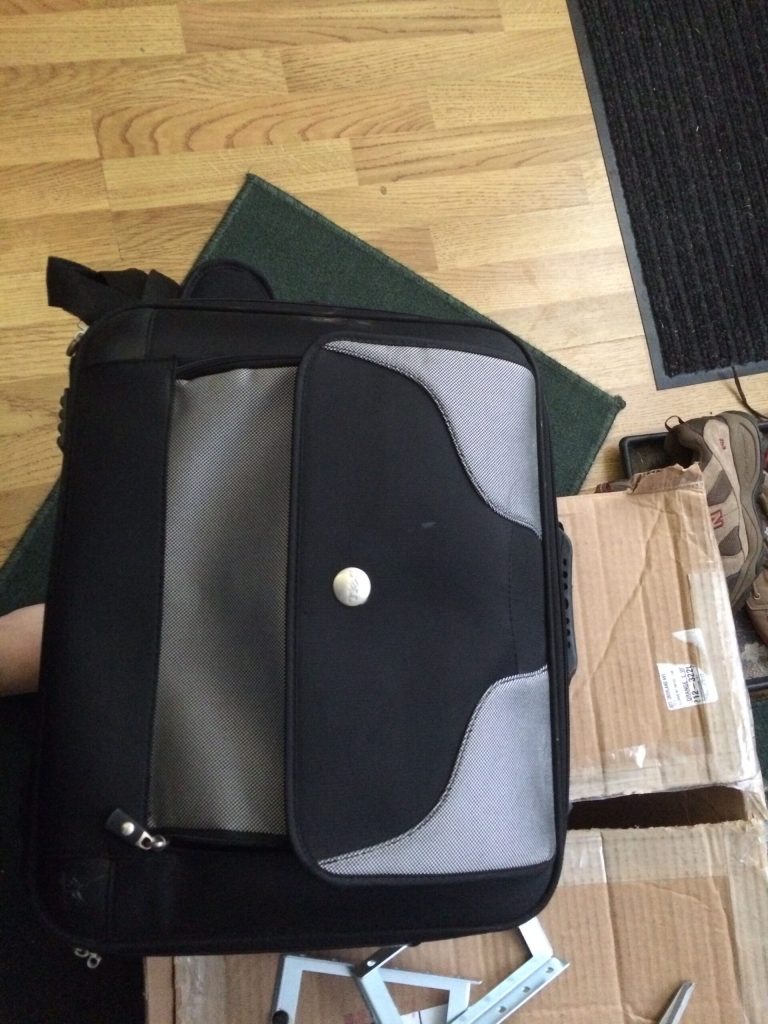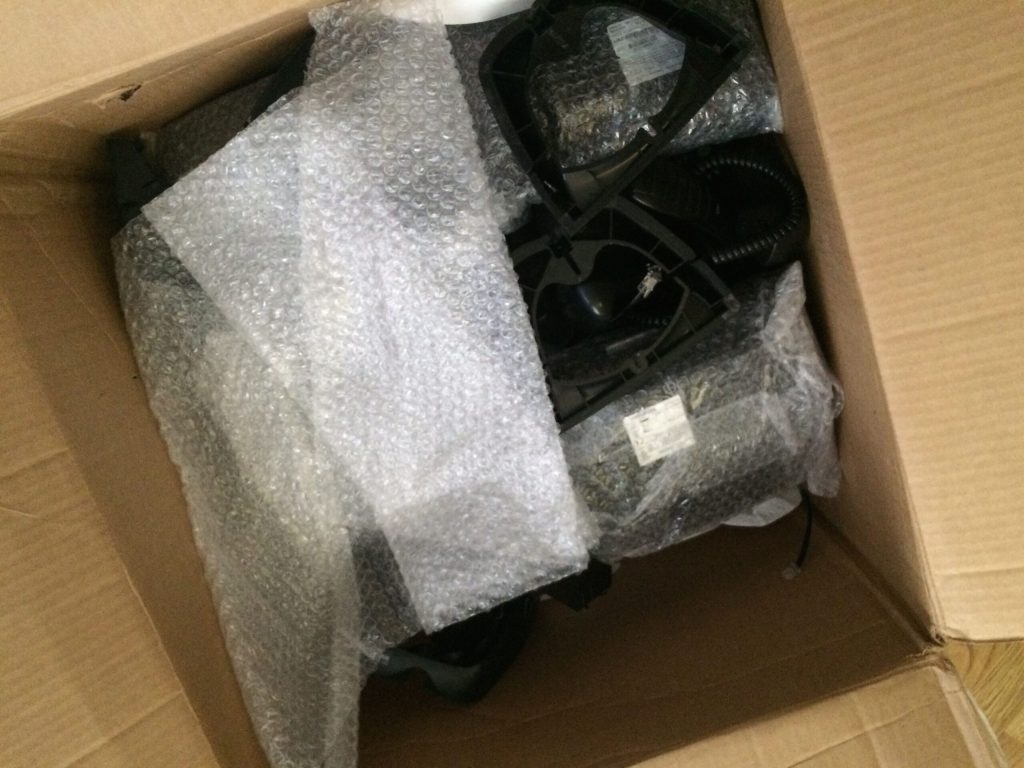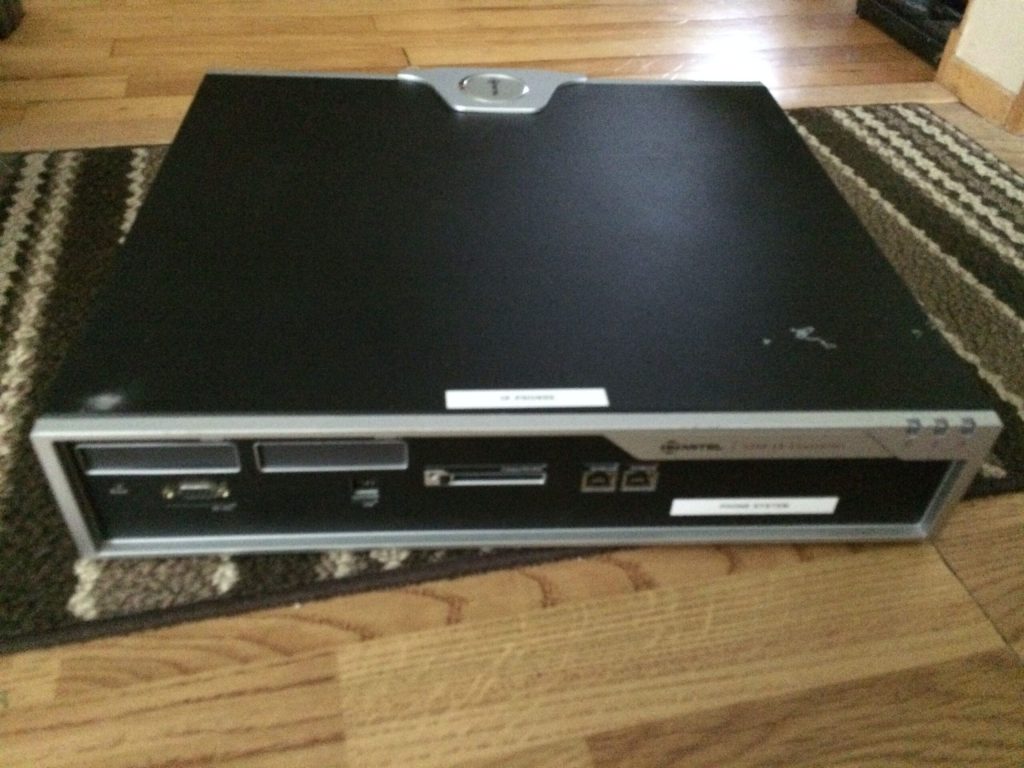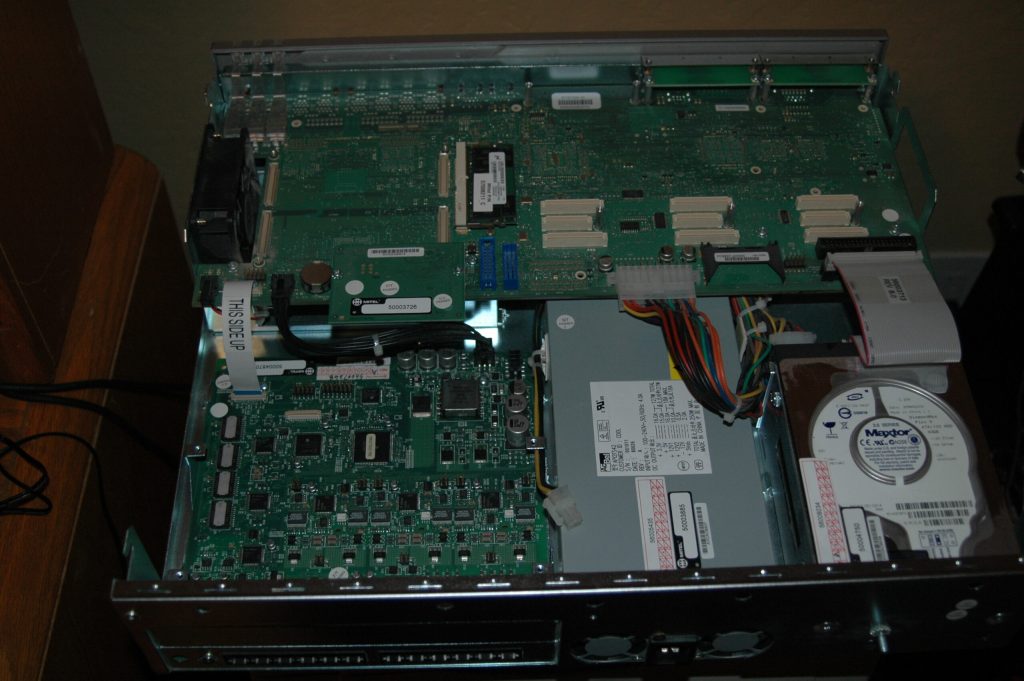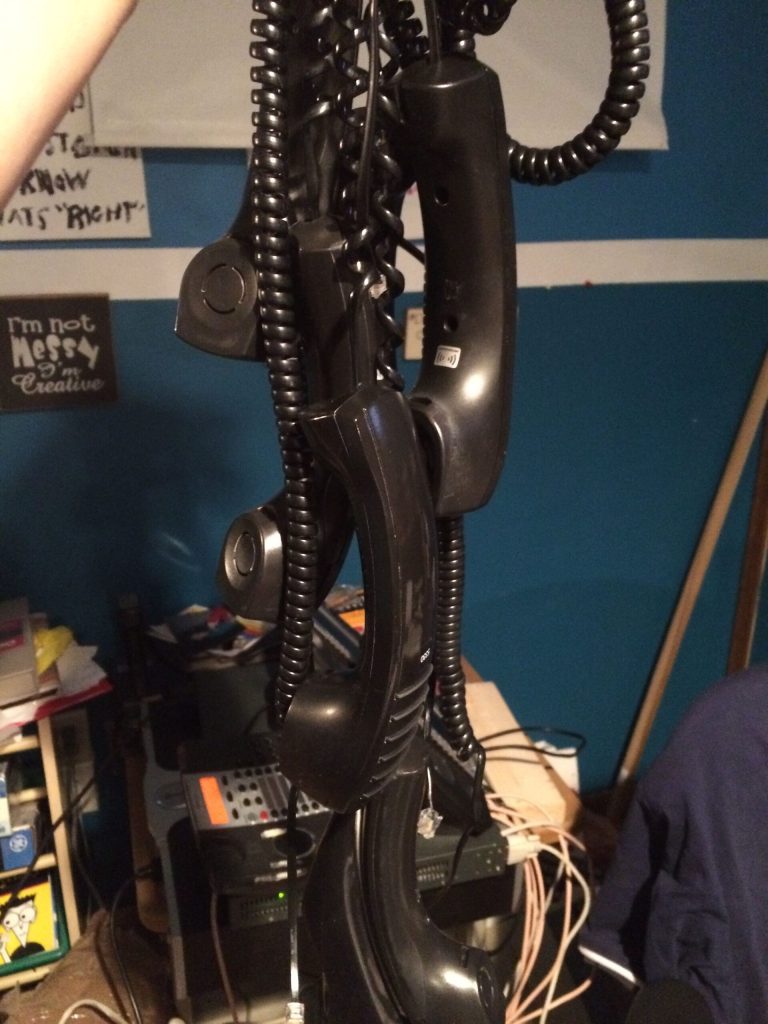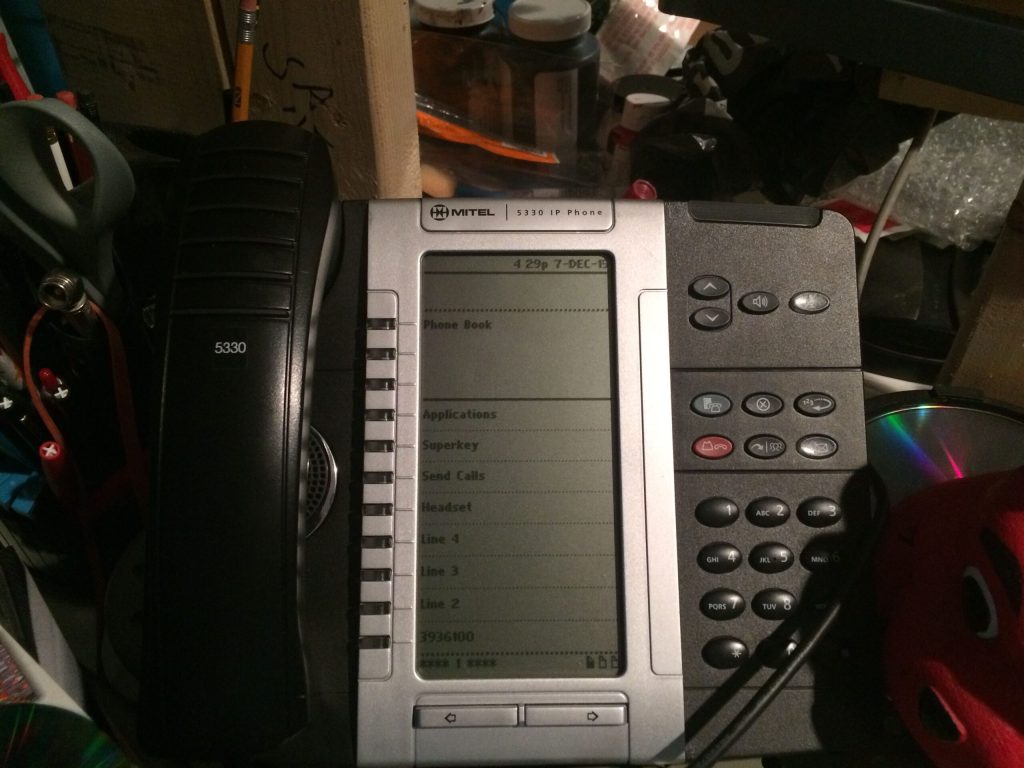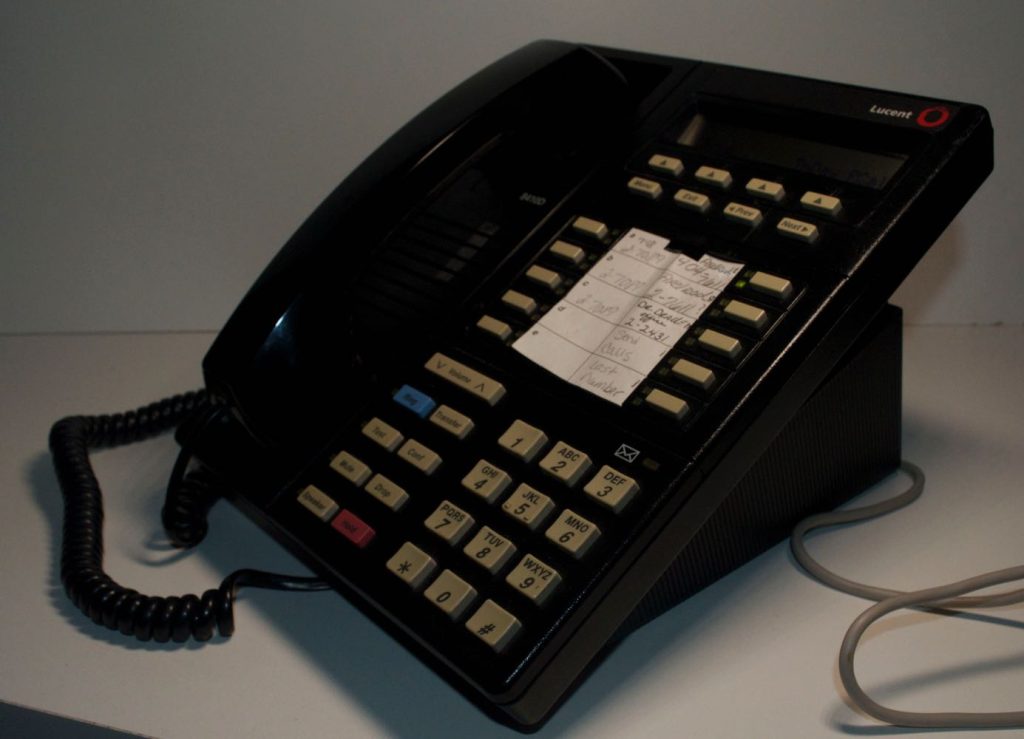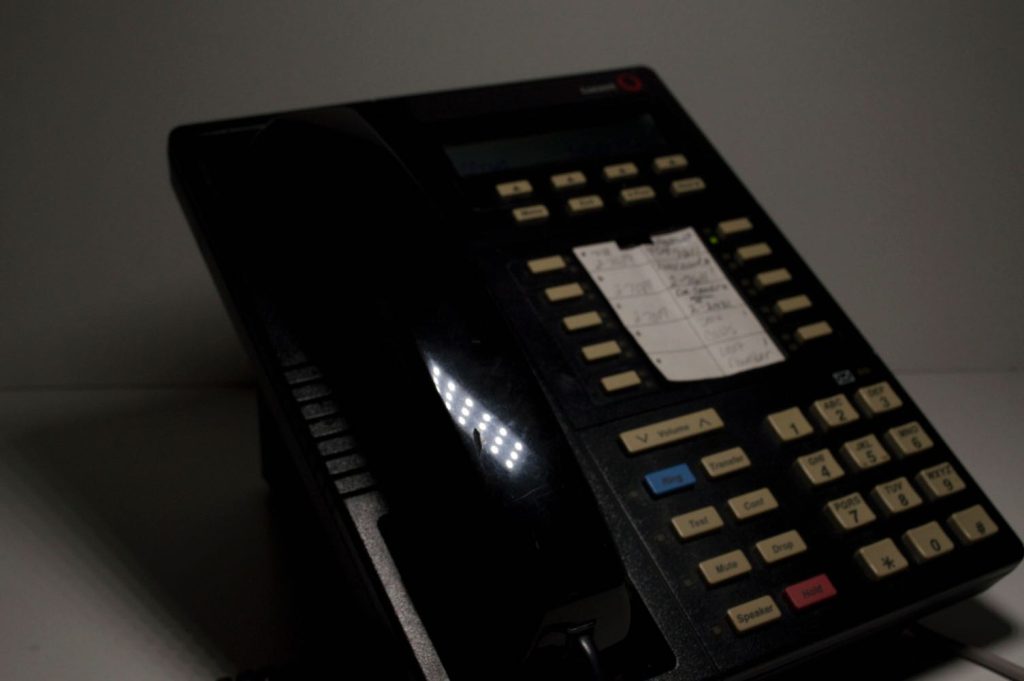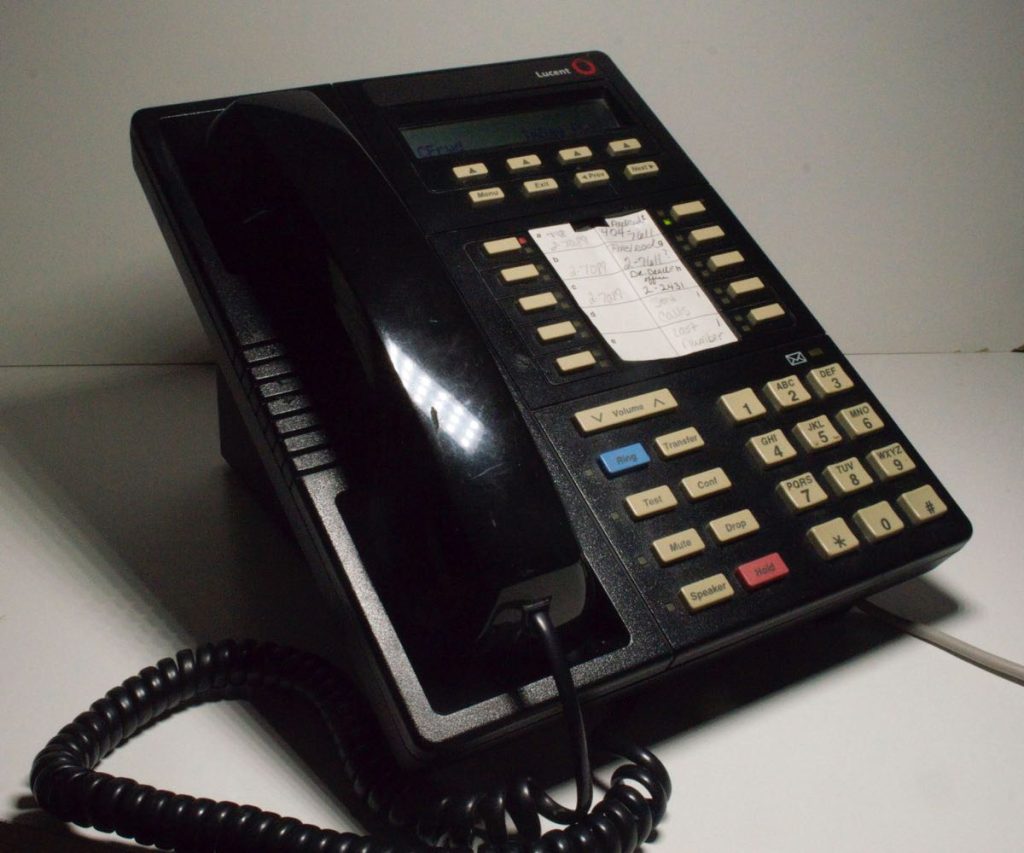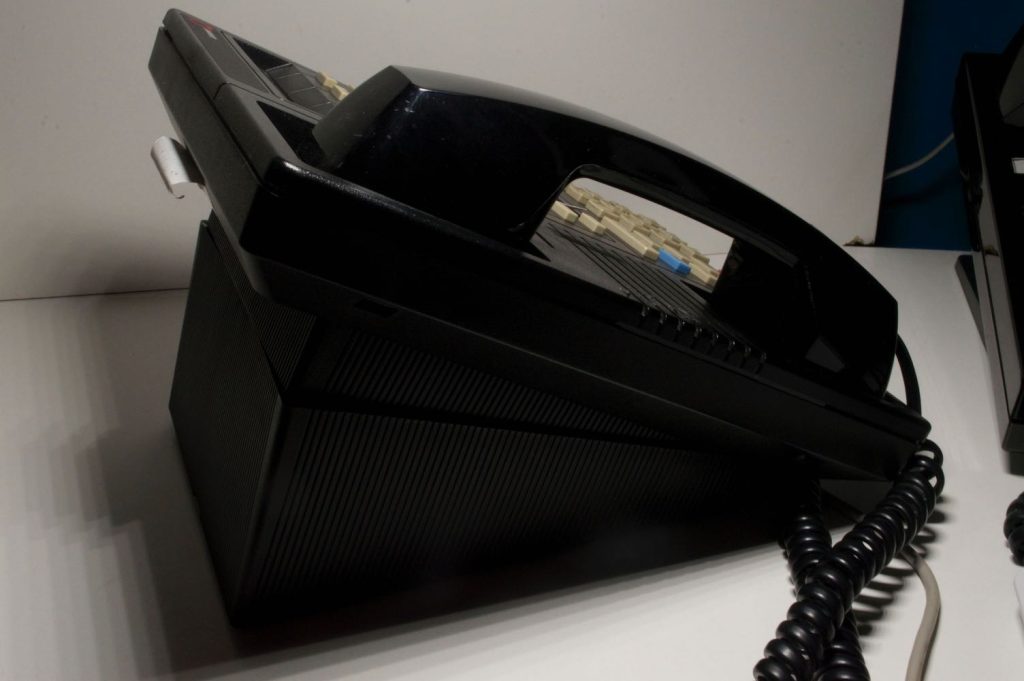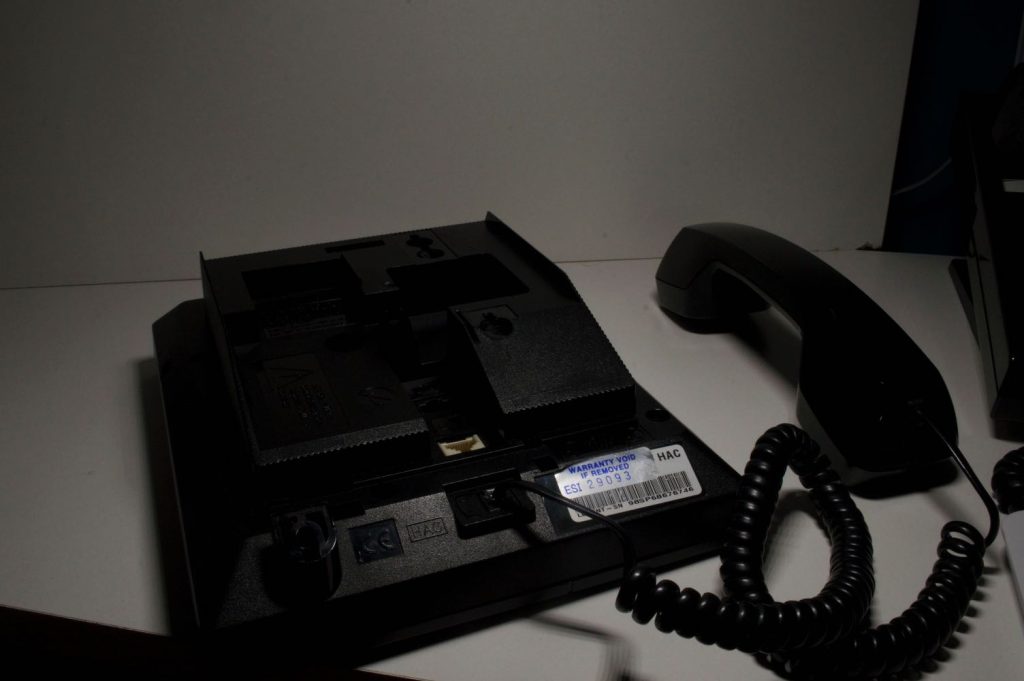The PBX really became something of an on site telephony product by the 1980s, even though the concepts began in the 1970s. The advent of the integrated circuit along with programs, made these ol electromechanical relics to become obsolete. And I say “become” because it would be a long time coming for that to happen. ROLM out of the left coast, had developed military spec computers and dabbled into telephony, they had gotten into the business by the early 1970s. They became successful, then came Northern Telecom (later Nortel).
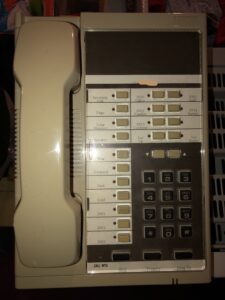
The Computerized Branch Exchange or CBX was obviously a registered trademark to ROLM and brought the concept of a box making and answering calls and users would have devices that they could use to answer or place calls. Want to call out, you hit a button like 9 or 8 like you did in a Centrex setup. The system could route calls per to what a number was pressed, and block it or rout it to another set of trunks to save money on long distance.
Northern had introduced the SL1 PBX in 1975 (but not to be confused with the X11 platform since 1988 and the Avaya fusion of the 2010s). The SL stood for Stored Logic, or just code living on chips with a programed software. The SL1 was not friendly to a manager of machines, but for engineers, as well documented on this site for a number of years. This plagued into the Meridian 1 days. At this time most electronic and digital PBX systems were not as simple to choose. the SL1 PBX for an example came in about 12 varieties, between software options and hardware choices. It wasn’t like an Option 11 could cover 500 users, with 60 inbound lines today. Lot of this had to do with the computing of the 1970s.
Mitel was one of the first companies to introduce digital desk phones that allowed multiple line and feature access. Their system was called the Superswitch, and the phones were called Supersets (this is where the “Superkey” comes from even in their current VOIP carnation.) They wanted to make a PBX phone a bit more functional than a 2/500.
For some of the readers… you’re waiting on Ma Bell. Well AT&T’s Western Electric division was in no hurry to go digital, in fact some antidotes indicated that AT&T had plans to go into digital telephony by the 1990s… planned as far back as the 1960s. AT&T’s first PBX that was electronic in nature was the Dimension PBX, and Horizon PBX. For some lingering Avaya fanboys, the cabinets of these things were no modern marvel, unless you thought one cabinet holding 50 lines was a great engineering feat. A PBX scale from users/extensions to lines made sense from an economic scale for years, but when the electronics came in, boy did it take real estate. To power a 10 button Multibutton Electronic Telephone required 8 pairs of wiring. a far cry from the ol 25 pair, but certainly for what it could do was very limited.

Turn around for technology takes several years, by 1981 the researchers at Bell Labs started to develop a fully electronic telephone network that would make the Dimension/Horizon hot mess end. ROLM’s phone systems were mostly ol 2/500s and the fancy phones were for operators. Nortel had made digital phones as far back as the creation of the SL-1, but they made their phones mimic the infamous 1A2 Key telephone system (this explains why the Nortel Meridian phones have few line buttons, and are set up for a single phone number.)
Western wanted to be unique, and this uniqueness for users stood out from the competition, they opted for use Merlin-looking telephones, but instead of having 4 line buttons directing to the outside world, use the top left row to have by default 3 instances of personal line appearances to make the phone ring, page, etc. This would be considered “call appearances” and made these phones more attractive than the MET, which sent a bit of a mixed message in the technical sense. the MET had literally Multibuttons, but not multiple lines or appearances. One call to an MET phone at a time. Want to transfer? You had to press the Recall Button, and then press a button called Transfer, then hang up.. .and it had the infamous Red and Green color indications.

By April of 1984, AT&T introduced the System 75 PBX, with 7400 Series Digital Voice Terminals, that were a bit superior to the MET and it took several years to fix user pet peeves with the quirks of the phones, but by 1995, the 8400 Series Voice Terminals really put AT&T on the mark leading into the Avaya years, and by 2020 Avaya became an also-ran company throwing the combined history of Nortel and Lucent and AT&T into a trashcan.
For the mainframes themselves, AT&T went to extra lengths to make the system be as efficient as possible, they developed the Information Systems Architecture (a nod to what became their enterprise/carrier services) developing a company standard of circuit boards and connectors and one large cabinet could hold 900 lines. But the System 85 was basically the Dimension PBX with with System 75 hardware. There was some differences in the Dimension-specific hardware. To run the PBX’s code, required it’s own cabinet, while the System 75 could run on a single circuit board. But to put lines and stations was equal though.
For a number of years, hospitality only used electronic PBX systems to monitor, route and direct calls per to numbers dialed, did customers get the same treatment in offices? No, they stuck to 2 wired analog phones, and the front desk typically had a digital set. Other industries may had many average users having low button phones, and more power users had the middle line, and assistants had multi buttons between 20 to 34, while the executives had the 5 to 10 button set.
The fun facts of digital PBX systems is a) the computer is technically a “phone” per to the FCC regulations on Part 68 b) and the desk phones I call just “sets” because they are regulated as Part 15 in FCC rules. c) these “phones” cannot use the regular Plain Ol Telephone provider, and are not engineered to work at home or remotely without some box. This is why I do not call these devices a “phone” but due to FCC regulation in 2018 and 2020, they see them as “phones”. The “PBX” is a computer, and it’s there where it dials out phone numbers, your “extension” is a device that tells the box what to dial using your dialpad.
Obviously by the 1990s a PBX of the 1970s that used to take an entire corner was miniaturized and could fit into a plastic “shoebox” and by taking some code and adapt it to a microcosm allowed Electronic Key Telephone Systems do function more like a PBX than an an EKTS itself. This is where the blur of what is a PBX and what should a KTS be.
By the 2000s, most VOIP vendors that had no experience in legacy voice really amped up PBX systems as opposed to Key systems. Everyone thinks a PBX, is anything that’s on site and can route a call is what everyone wants…
#
